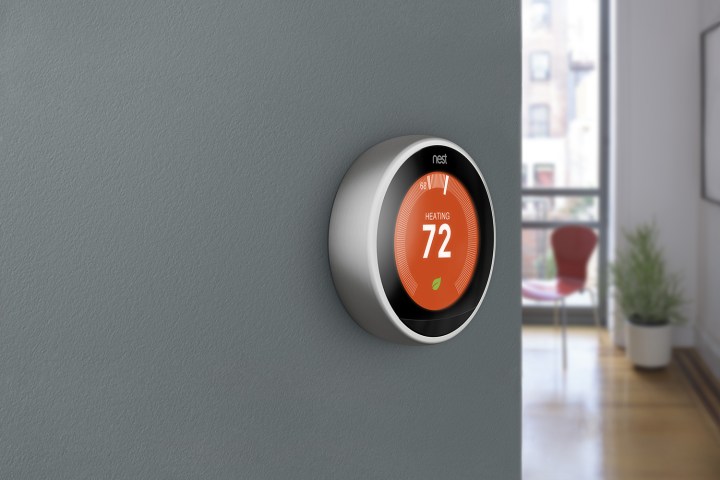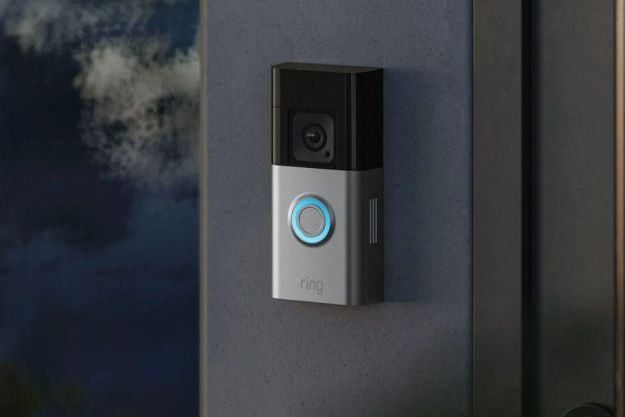
So what does it do with this information? When the user leaves the house, the thermostat will automatically switch over to “away” mode, and when it sees that you’re on your way home, it will switch back on and start warming things back up so it’s nice and toasty when you enter your house.
The feature itself is called Home/Away Assist, and it can, of course, be switched off, however keeping it on could be both a time saver and an energy saver.
Home/Away Assist is being launched alongside another pretty important feature: accounts for multiple family members. Until now, those that live in the same house have had to share the same account if they want to have some level of control over the the product. Now, however, multiple people can log in and control the same product, a great addition for families or those with roommates.
Of course, it makes sense that the two features would launch at the same time. It would be silly for the account holder to leave the house, turning Nest to Away mode while the rest of the family stays home. Using the two features together, Nest is able to get a better idea of how many people come and go and when they tend to do that. One of the key features of Nest and how it functions is that it learns patterns over time, ensuring that it is able to accurately heat or cool the house.
It’s important to note that while the new feature does sound like a potential privacy issue, Nest reportedly does not “track” where the user goes, and all the information that is collected is encrypted. It’s also important to note that there are other platforms on the market that already use location tracking for this kind of feature; however, Nest says that its implementation of the feature is better because of the fact that it doesn’t rely on a single smartphone.
The feature isn’t limited to only the Nest thermostat; it can be used with Nest’s full product lineup, with many of them able to switch on and off depending on whether or not the user is home.
Editors' Recommendations
- SimpliSafe is now using AI to prevent burglars from entering your home
- Blink Mini 2 vs. Nest Cam (Indoor): Which is the better affordable security camera?
- How to use the Google Home app on a computer
- The most common Google Nest Mini problems and how to fix them
- Can you use a Blink Outdoor Camera without a subscription?


